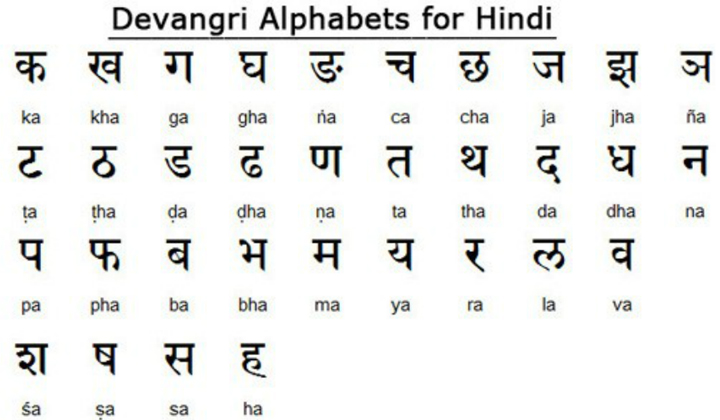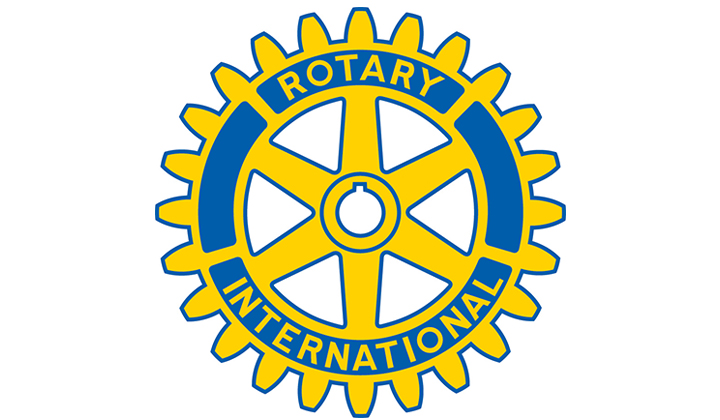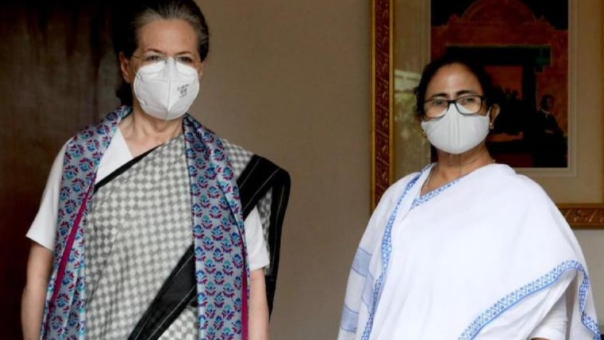Trending Now
- Alliance talks between AIADMK and BJP are ongoing. An announcement will be made at the right time – Union Home Minister Amit Shah.
- Vijay spoke about TVK vs. AIADMK only to motivate party workers – AIADMK General Secretary Edappadi K. Palaniswami.
- South Indian audiences are not interested in Hindi films, which is why they don’t succeed – Salman Khan.
- KL Rahul joins Delhi Capitals; the team will face Hyderabad tomorrow.
Coimbatore 360
When learning Hindi was not considered ‘anti-Tamil’
![]() June 28, 2016
June 28, 2016
Hindi is among the ten most popular spoken languages in the world. It is also the language spoken by the majority of population in India. Mahatma Gandhi, a Gujarati by birth, felt that our country should use the most popular Indian language as our national language, and he did a lot to promote Hindi all over the country.
Those were the days when there was nothing political about learning a language, and people did not look upon Hindi as “invading their Dravidian culture and heritage.” Language was simply a mode of communication. The Dakshin Bharat Hindi Prachar Sabha did much for the promotion of Hindi in South India. Many scholars were created due to the efforts of this organization. Thanks to the Sabha, a number of Tamil-speaking scholars who were fluent in Hindi, translated several Tamil works into the national language. This facilitated a linguistic exchange, which helped our society and the country.
Cosmopolitan Coimbatore was never behind in trying to pick up Hindi, even when anti-Hindi agitation was at its peak in the rest of the state. The city produced several Hindi scholars in the 1960s and 70s. Folks who knew Hindi began enjoying films from Mumbai, like ‘Aradhana,’ ‘Sholay,’ ‘Dharam Veer,’ and ‘Sangam.’ They were able to interact very well with the North Indian brethren. This helped them to do business with traders from Mumbai, Delhi, and Rajasthan very successfully. The professionals who knew Hindi were comfortable all over India during their North India postings. Learning Hindi was considered an asset, for it yielded results. The multilingual citizens knew that learning one more language only enriched their own, and not otherwise.
Teachers like siblings Susheela and Rathnam of Perur were Hindi experts in those days. They used to teach Hindi to not just students but also homemakers and travelling business people. Their students used to write the exams required by the Dakshin Bharat Hindi Prachar Sabha, and passed with flying colours. The exams like Pratmik, Madhyama, Rashtra Bhasha, Praveshika, Visharat, and Praveen were cleared by thousands of Coimbatoreans in those days. Housewives learned Hindi in order to teach their school going children.
Both Susheela and Rathnam were dedicated teachers, who were known for their simplicity. They led a Gandhian way of life and truly believed that ‘SARVODAYA will lead to SOWBHAGYA.’ They taught Hindi and also motivated their students to understand the virtues of a simple life, as espoused by Mahatma Gandhi. They were the real ‘Servants of India’ that Gopalakrishna Gokhale (1866 – 1915), the mentor of Gandhi, and founder of ‘Servants of India Society,’ described. Susheela and Rathnam made their students save a fistful of rice in the “Sarvodaya” pot every day, and later give it away to the needy.
Thanks to their efforts the students continued those practices long after they completed their Hindi education.
There can be a no better a time than the 150th birth anniversary of Gopalakrishna Gokhale to remember the good services of Susheela and Rathnam, the Hindi teachers who enriched the vocabulary and the souls of their students.
























